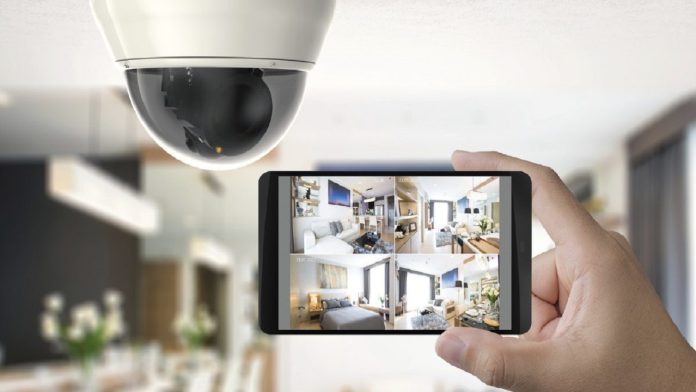When the issue of security is at the top of the list, it is very important to determine the appropriate number of security cameras your property needs to keep it safe and secure. Whether your premises have a cozy look, busy retail space, or spacious industrial site, it is worthwhile to know the peculiarities of your property type to develop a complete surveillance strategy. This article goes into detail about “how many security cameras do i need” for different property types.
Assessing Residential Needs:
There are two considerations that a homeowner needs to make when buying the right security cameras for their property: the size and layout of their property. The apartment has one or two bedrooms, and a small number of 3-4 cameras is enough. Nonetheless, larger estates with large grounds, lots of entryways, and various outbuildings may require from 8-12 or even up to more cameras. Through a targeted placement of cameras at entry points, high-value locations, and high-traffic areas, people can have complete coverage and thus create a proper deterrence mechanism.
Securing Commercial Spaces:
The requirements of shops, offices, and warehouses to have their surveillance systems are as unique as their safety challenges. Retail premises, for example, require cameras at the entrance and exit points, cash registers, and displays of high-value items to prevent theft and oversee the behavior of customers. Camera numbers can range from 4-6 for small outlets to 10-20 for larger retail spaces, depending on the number and scale of operations. Similarly, the office and warehouse areas require a network of cameras that will be looking at the entry points, common areas, and inventory areas, with the number of cameras varying from 4 to 25 or more depending on the size and complexity of the area.
Navigating Unique Environments:
There are particular types of buildings like farms, industries, and open-air facilities that have specific surveillance requirements because of their large size and the diversity of their structures. For example, the farm may require the use of 10-20 cameras or more depending on the size of the areas that need to be monitored, such as livestock areas, equipment storage, and perimeter fencing. Unlike industrial sites that may require an additional 20-50 cameras or more depending on the length of the production line, employee, and storage areas to be covered. Open-air places such as parks and stadia require wide-angle and PTZ cameras to view large areas and track specific incidents occurring during events.
Future-Proofing You’re Security:
The work is not done after the current camera counts are calculated. Also, it is important to predict future expansions of security technology and advances in this area as well. Proactively implementing smart surveillance solutions can help future-proofing the security infrastructure of property owners, as it enables them to construct a system robust and adaptable enough to emerging threats and operational needs. As an additional measure, the integration of security cameras with alarms, motion sensors, and a smart home environment improves overall safety and fast reaction to security incidents.
Conclusion:
Protecting your domain against potential threats means that you have to be creative and use a combination of surveillance options that address the particularities of each property type. This can be done by precisely counting the number of cameras and placing them in critical areas to ensure the security of the property. As a result, intruders and other unauthorized activities can be prevented from happening. Besides that, the application of scalable and integrated surveillance is very good for the security infrastructure that can be future-proofed and maintain a safe and secure environment for a long time.














